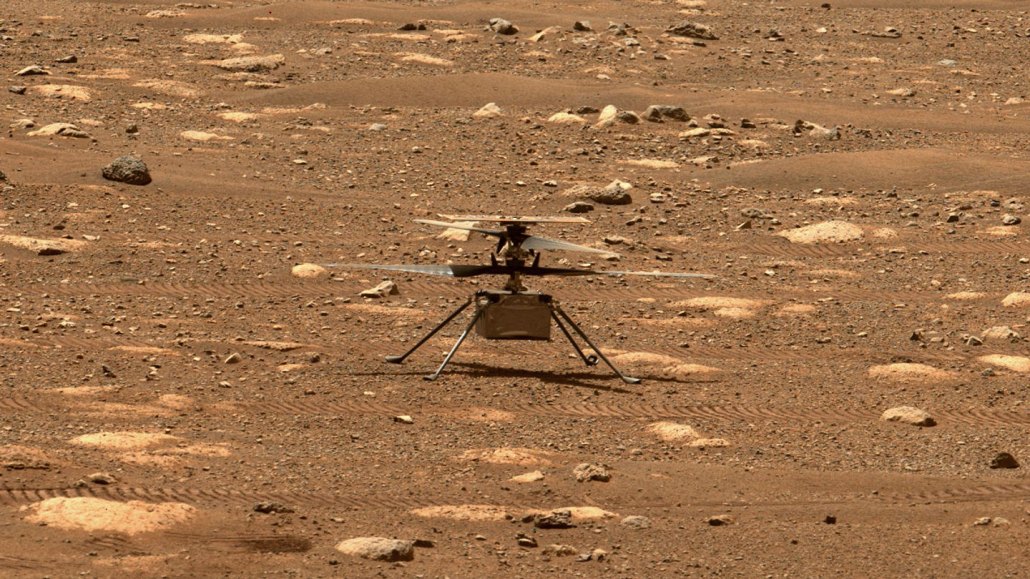Here’s how NASA’s Ingenuity helicopter has spent 1 year on Mars
Ingenuity’s chief pilot talks about the helicopter’s ups and downs

NASA’s Ingenuity helicopter (pictured) sits in Mars’ Jezero crater one day after unlocking its rotor blades for the first time on April 7, 2021. Now on the first anniversary of its first flight, Ingenuity has flown 25 times and more forays are in its future.
JPL-Caltech/NASA, ASU